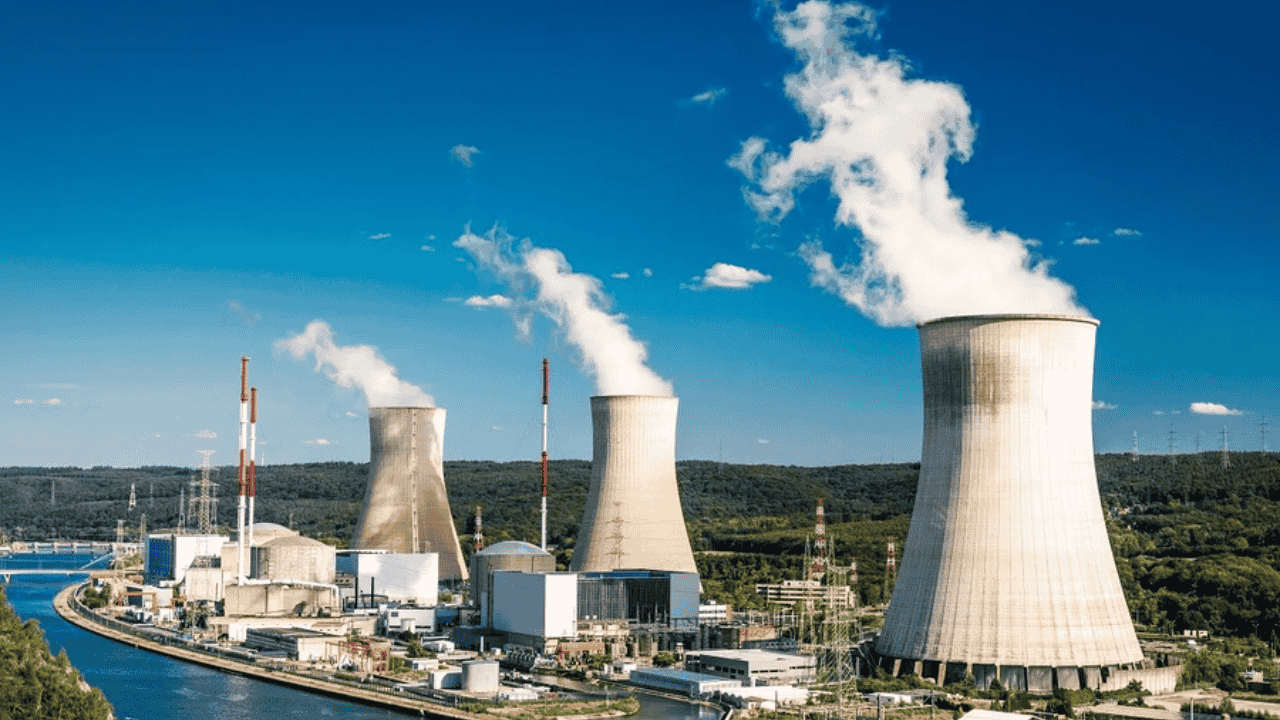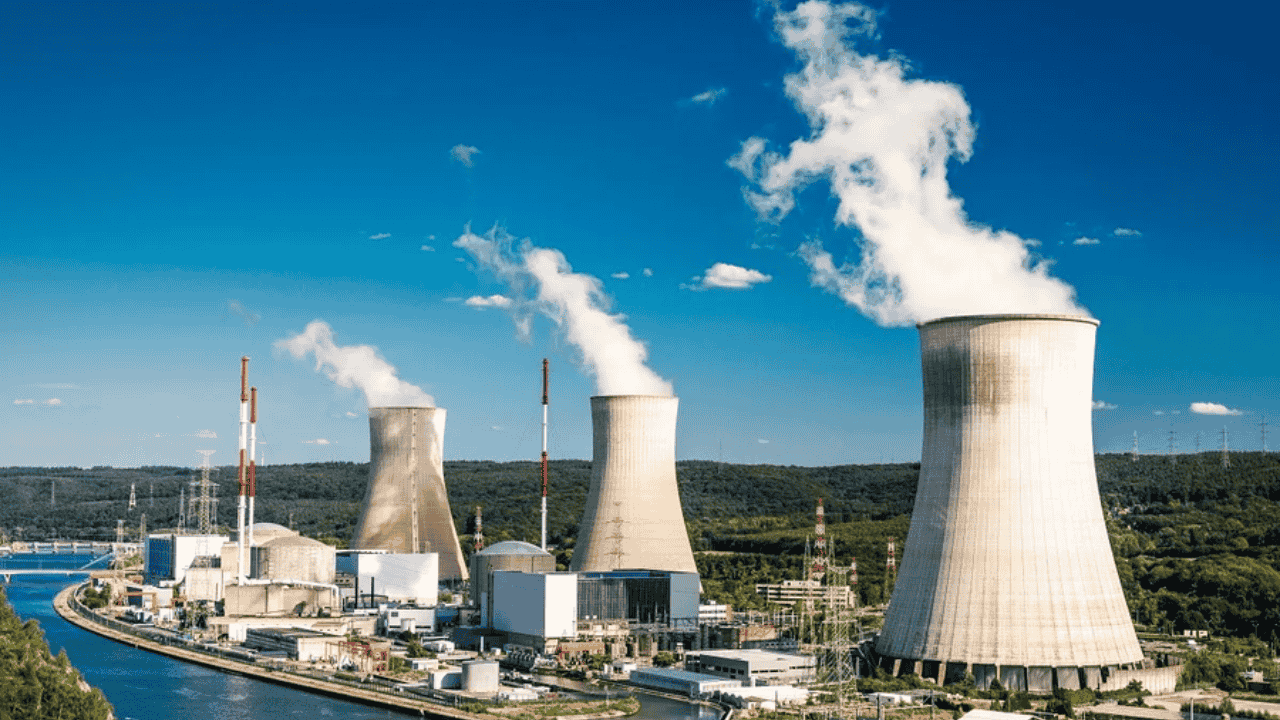Prime Minister Modi to Launch India's Most Ambitious Nuclear Project
On September 25, 2025, Prime Minister Narendra Modi will lay the foundation stone for the Mahi-Banswara Nuclear Power Plant in Rajasthan, marking a historic milestone in India's nuclear energy expansion. This project represents the largest nuclear power facility ever planned in India and signals the nation's commitment to achieving 100 GW nuclear capacity by 2047.
Key Technical Specifications of Mahi-Banswara Nuclear Power Plant
The Mahi-Banswara Rajasthan Atomic Power Project (MBRAPP) will establish new benchmarks in India's nuclear sector:
Total Capacity: 2,800 MW (four units of 700 MW each)
Investment: ₹42,000-45,000 crore
Area Coverage: 623-1,366 hectares
Technology: Indigenous Pressurized Heavy Water Reactors (IPHWR-700)
Expected Completion: First unit by 2031, full project by 2036
Joint Venture: ASHVINI (partnership between NPCIL and NTPC)
Strategic Importance for India's Energy Security
The Banswara project is NTPC's first venture into nuclear energy, representing a paradigm shift in India's energy strategy. This facility will significantly boost Rajasthan's nuclear capacity, which currently stands at approximately 1,080 MW from the Rawatbhata plant. Once operational, Rajasthan's total nuclear generation will reach 5,900 MW, making it a major nuclear energy hub.
The project aligns with India's Nuclear Energy Mission for Viksit Bharat, announced in Union Budget 2025-26, which allocated ₹20,000 crore for nuclear expansion. Currently, India operates 25 nuclear reactors with 8.88 GW capacity and aims to reach 22.48 GW by 2031-32.
India's Comprehensive Nuclear Expansion Plan
Current Nuclear Infrastructure Status
India's nuclear sector has grown significantly from 4,780 MW in 2014 to 8,880 MW in 2025. The country operates nuclear facilities across multiple states:
Kudankulam, Tamil Nadu: 2,000 MW (largest operational)
Rajasthan Atomic Power Station: 1,080 MW
Kaiga, Karnataka: 808 MW
Tarapur, Maharashtra: 1,280 MW
18 New Reactors Under Development
As mentioned in the input data, 18 new nuclear reactors are planned across six states:
Under Construction:
Kudankulam Units 3-6 (Tamil Nadu): 3,668 MW
Gorakhpur Units 1-2 (Haryana): 1,260 MW
Rajasthan Unit 8: 630 MW
Planned Projects:
Mahi-Banswara (Rajasthan): 4 units × 700 MW
Kaiga Units 5-6 (Karnataka): 1,260 MW
Chutka (Madhya Pradesh): 1,260 MW
Gorakhpur Units 3-4 (Haryana): 1,260 MW
Economic and Employment Impact
The Banswara project will generate substantial socio-economic benefits:
Direct Employment: 5,000 jobs
Indirect Employment: 20,000 jobs
Regional Development: Enhanced infrastructure in tribal areas
Clean Energy Contribution: Significant reduction in carbon emissions
Technology and Safety Features
The project employs indigenous IPHWR-700 reactors, similar to successful units at Kakrapar and Rajasthan stations. These reactors represent India's advanced nuclear technology capabilities and demonstrate the country's growing self-reliance in nuclear sector.
The Atomic Energy Regulatory Board (AERB) has already granted siting consent, ensuring compliance with international safety standards. India's nuclear facilities consistently maintain radiation levels well below global benchmarks.
India's Path to 100 GW Nuclear Target
To achieve the ambitious 100 GW target by 2047, India needs to scale up nuclear capacity more than eleven-fold from current levels. This requires adding approximately 4.15 GW annually, making projects like Mahi-Banswara crucial stepping stones.
The expansion strategy includes:
Fleet mode construction of indigenous reactors
Small Modular Reactors (SMRs) development
Private sector participation through joint ventures
International cooperation with Russia, USA, and France
Why this matters for your exam preparation
For UPSC Prelims:
Nuclear Power Corporation of India Limited (NPCIL) and its role in nuclear expansion
Atomic Energy Regulatory Board (AERB) functions and regulatory framework
Pressurized Heavy Water Reactors (PHWRs) technology and indigenous capabilities
India's three-stage nuclear program and thorium utilization
Nuclear Energy Mission 2025-26 and budgetary allocations
For UPSC Mains:
Energy security challenges and nuclear power's role in India's development
Clean energy transition and achieving net-zero emissions by 2070
Public-private partnerships in strategic sectors like nuclear energy
Regional development through large infrastructure projects
International cooperation in nuclear technology and fuel supply
Current Affairs Significance:
This development demonstrates India's commitment to sustainable energy growth while maintaining strategic autonomy in nuclear technology. The project's timing coincides with Pandit Deendayal Upadhyaya's birth anniversary, adding symbolic importance to national development goals.
Understanding nuclear energy expansion is crucial for questions related to India's energy policy, environmental sustainability, technological advancement, and economic development strategies in competitive examinations.







